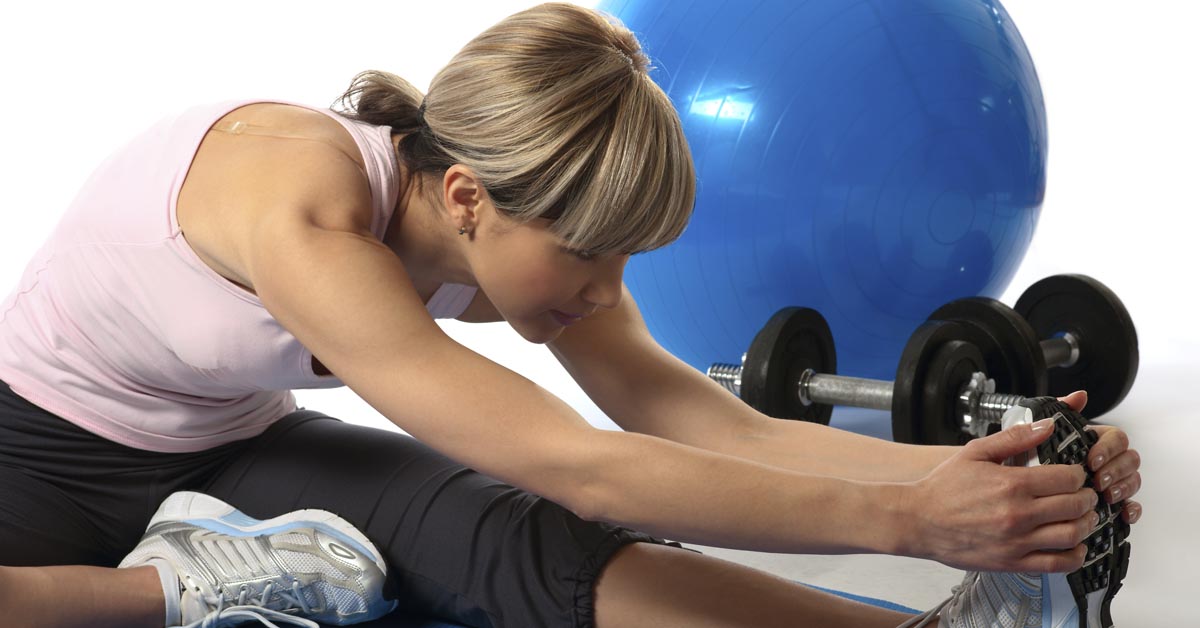 Knee pain is a common problem for patients in our New York chiropractic practice, and Dr. Phelts has happily provided many of these men and women relief. This is largely because chiropractic care has been found to help with many kinds of knee pain.
Knee pain is a common problem for patients in our New York chiropractic practice, and Dr. Phelts has happily provided many of these men and women relief. This is largely because chiropractic care has been found to help with many kinds of knee pain.
For example, some patients feel pain in and around the knee area due to osteoarthritis. Research has confirmed that this ailment responds very well to chiropractic--and rather quickly, too. In fact, one study published in The Journal of the Canadian Chiropractic Association found that individuals with osteoarthritis in their knees felt considerable pain relief and enhanced function after just two weeks of chiropractic care.
If your knee pain is caused by a medial meniscus tear, chiropractic could likely help with that as well. One article reported that integrating chiropractic with soft tissue therapy, rest, ice, and compression on the affected knee helped lower the intensity of the pain.
Of course, sometimes a knee replacement surgery is required in order to repair the problem, and if that's the case, chiropractic care can also help improve the outcome. How?
Research has shown that patients with low back pain frequently have less positive outcomes after knee surgery. So, dealing with your back pain through chiropractic before having a total knee arthroplasty can assist with your post-surgery recovery.
No matter what your knee issue, Dr. Phelts can likely help. Call our New York location today and find out what we can do for you!
Sources
- Pollard H et al. (2008, December). The effect of a manual therapy knee protocol on osteoarthritic knee pain: a randomised controlled trial. The Journal of the Canadian Chiropractic Association;52(4):229-42
Boyle J et al. (2014, March). Influence of low back pain on total knee arthroplasty outcome. Knee;21(2):410-4 - Jarosz B & Ames R. (2010, December). Chiropractic management of a medial meniscus tear in a patient with tibiofemoral degeneration: a case report. Journal of Chiropractic Medicine;9(4):200-8


